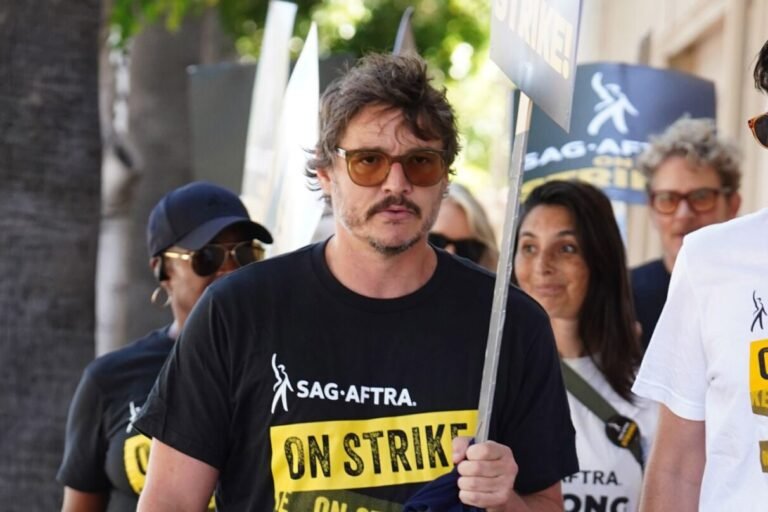
[ad_1]
As of September 27th, 2023, the WGA (Writer’s Guild of America) strike is officially over. The union and the AMPTP (Alliance of Motion Picture and Television Producers) signed an extraordinary deal that provided writers across Hollywood with numerous protections they did not previously have and made the profession a viable option for people looking to break into Hollywood. But even as the industry celebrates this monumental deal, it’s important to remember that SAG-AFTRA (Screen Actors Guild and the American Federation of Television and Radio Artists) is still on strike, and the future of the industry still hinges on their deal.
The WGA strike started first – on May 2nd, 2023. SAG-AFTRA, on the other hand, didn’t strike until July 14th, over two months later. That has always given the WGA strike a little more urgency. And their deal with the studios should, hopefully, give SAG-AFTRA a lot of bargaining power as they head into their own new negotiations with the AMPTP. Both sides are set to meet starting today, October 2nd.
One of the WGA’s biggest gains, over the use of AI, is likely to be one of the sticking points in the SAG-AFTRA negotiation. Studios were rumored to be looking to use AI to write first drafts and then hire WGA members to rewrite or polish them – which would have robbed writers of credit and pay, with studios being able to claim ownership of scripts. But the WGA deal eliminated those possibilities, establishing that AI cannot be recognized as an author and giving writers the option to use AI, but not forcing them to do so.
The AI issues surrounding actors, however, are much thornier. Reports indicated studios were looking to scan the faces, bodies, and voices of background actors so they could be used in perpetuity after only paying them for one day’s work. This is the biggest issue SAG-AFTRA is likely to demand to be regulated in the new agreement. The WGA’s gains are likely to help them, but, actors need assurances that AI isn’t just going to be used to replace them going forward. So the SAG-AFTRA deal will need to go even farther in this matter than the WGA one did.
As for the rest, the WGA deal gives SAG-AFTRA a good place to start negotiating, especially on another one of the biggest sticking points: residuals. With the WGA getting not just an agreement that introduces residuals to the streaming equation, but also requires transparency in disclosing streaming numbers in order to do so, SAG-AFTRA is sure to demand the same for their members; many of which went viral for posting residuals they received, and that the studios should be embarrassed about.
Most of the other WGA big gains, like room minimums and recognition for writing duos, don’t really apply to what SAG-AFTRA wants, but the generalities of the WGA deal mean the AMPTP is finally ready to engage in conversations on the matters that the unions really care about. So now, it’s SAG-AFTRA’s turn to get a fair deal for all their members, one who protects the profession going forward.
The WGA might have won their fight, but SAG-AFTRA still has their own to fight and they need our support. Union solidarity and mounting public scrutiny for the studios are how Hollywood has gotten to where it is, and if the industry is going to walk out of these dual strikes stronger, that cannot stop with the WGA deal.
So if you’re looking forward to Pedro Pascal returning for The Last of Us or Jenna Ortega for Wednesday, let’s not lose sight of the fact that only half the battle has been won.
[ad_2]
Source link